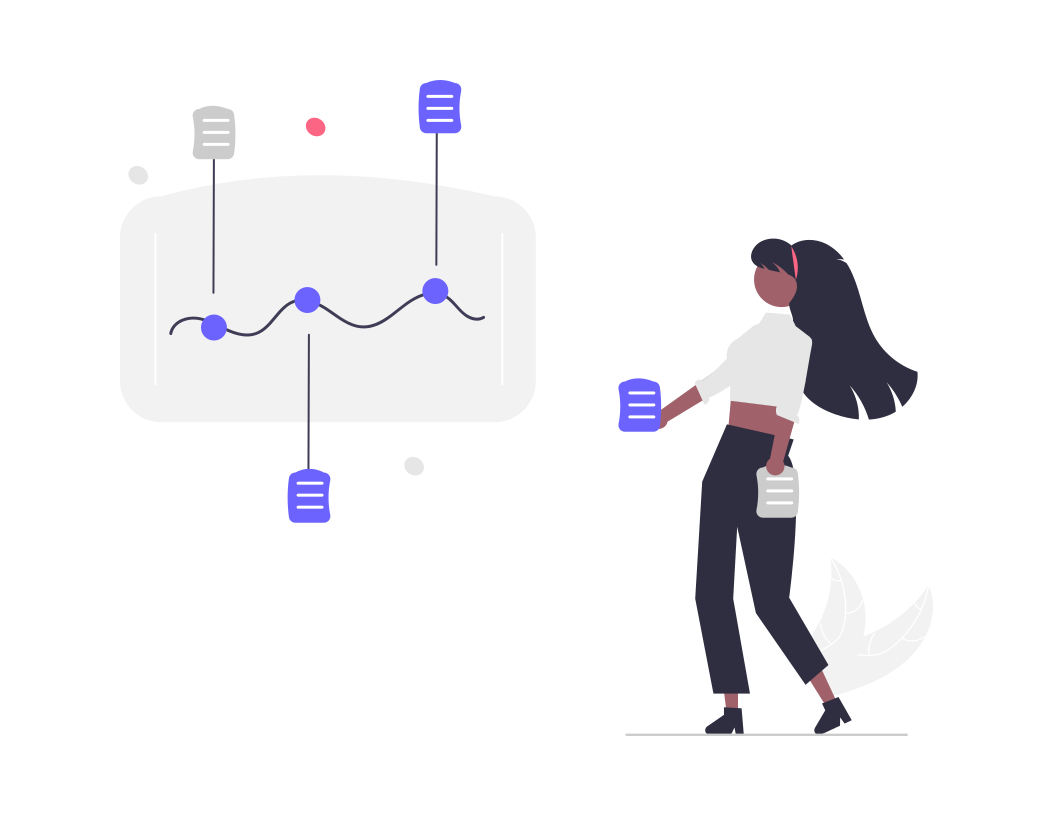In the evolving landscape of digital marketing, technographic segmentation stands as a powerful tool, enabling businesses to refine their targeting and enhance engagement with their audience. This segmentation strategy, which focuses on the technological attributes and behavior of prospects, is witnessing significant advancements. In this blog, we’ll delve into the future trends and innovations in technographic segmentation that marketers should keep an eye on to stay ahead of the curve.
Understanding Technographic Segmentation
Before diving into the future trends, it’s crucial to understand what technographic segmentation entails. Unlike traditional demographic or firmographic segmentation, technographic segmentation categorizes prospects based on their technology usage, adoption patterns, and the software and hardware they use. This approach allows businesses to tailor their marketing efforts more precisely, aligning with the technological needs and preferences of their target audience.
The Current Landscape
Currently, technographic data is used predominantly for:
- Identifying Software and Hardware Usage: Understanding the tools and platforms that prospects use.
- Technology Adoption Patterns: Gaining insights into how quickly a company or individual adopts new technology.
- Tech Stack Analysis: Analyzing the technology stack of potential clients to tailor sales pitches and marketing messages.
Future Trends in Technographic Segmentation
- AI and Machine Learning Integration
Artificial intelligence (AI) and machine learning are set to revolutionize technographic segmentation. These technologies can process vast amounts of data quickly, uncovering patterns and insights that would be impossible for humans to detect. AI-driven technographic analysis will enable more accurate and predictive segmentation, allowing marketers to anticipate technological needs and behaviors.
- Real-Time Data Updates
Traditionally, technographic data has been static, often becoming outdated quickly in the fast-paced tech world. The future lies in real-time data updates, where businesses can access the most current information about a prospect’s tech environment. This dynamic data can significantly enhance the relevance and timing of marketing campaigns.
- Enhanced Data Integration
Integrating technographic data with other data sources, such as firmographic, demographic, and behavioral data, will provide a more holistic view of the customer. This comprehensive approach will enable marketers to create highly personalized and effective marketing strategies, improving engagement and conversion rates.
- Predictive Analytics
Predictive analytics will play a pivotal role in the future of technographic segmentation. By analyzing historical data and identifying trends, predictive models can forecast future technology adoption and usage patterns. This foresight allows businesses to proactively address the needs of their target audience, positioning themselves as forward-thinking partners.
- Increased Focus on Security Technologies
As cybersecurity concerns grow, understanding a prospect’s security technology stack will become increasingly important. Marketers will need to segment and target based on the security measures and protocols in place, tailoring their messaging to address specific security needs and challenges.
- Behavioral Technographics
Going beyond static tech stacks, the future will see a rise in behavioral technographics. This approach will focus on how prospects interact with technology, their usage patterns, and preferences. By understanding behavioral trends, marketers can create more engaging and relevant content that resonates with their audience’s tech habits.
Innovations Driving Technographic Segmentation
- Advanced Data Collection Tools
Innovative data collection tools and platforms are emerging, enabling more precise and comprehensive technographic data gathering. These tools use advanced algorithms and machine learning to continuously scrape and analyze data from various sources, ensuring accuracy and depth.
- Automated Segmentation Platforms
Automation is key to handling the vast amounts of data involved in technographic segmentation. Automated platforms can process and segment data quickly, providing real-time insights and freeing up valuable time for marketers to focus on strategy and creativity.
- Natural Language Processing (NLP)
NLP technology is enhancing the way we analyze and interpret technographic data. By processing natural language inputs from various sources, NLP can uncover deeper insights into how technology is discussed and perceived, adding another layer of understanding to segmentation efforts.
Challenges and Considerations
While the future of technographic segmentation is promising, it comes with challenges:
- Data Privacy and Compliance: Navigating the complexities of data privacy regulations and ensuring compliance is paramount.
- Data Quality and Accuracy: Ensuring the accuracy and quality of technographic data is crucial for effective segmentation.
- Integration with Existing Systems: Seamlessly integrating new technographic data tools with existing marketing and CRM systems can be challenging but necessary for a unified strategy.
Conclusion
Technographic segmentation is poised for significant advancements, driven by AI, real-time data, and enhanced analytics. These innovations will enable businesses to refine their targeting strategies, anticipate customer needs, and stay competitive in a rapidly changing digital landscape. By embracing these trends and addressing the associated challenges, marketers can leverage technographic segmentation to its fullest potential, driving more personalized and effective campaigns.


